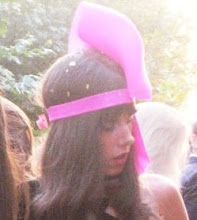TOM WAITS





He’s our idol, and the icon that has inspired all of Artificial’s second issue. The characters he creates, as well as his music, are rough, masculine, typically American but not lacking in weirdness. His voice seems to have been soaked in whisky and cigarettes, and been run over several times by a truck. His references are many, from Mae West to Bertolt Brecht, from John Steinbeck to Jack Kerouac, from Edward Hopper to hip hop. A true punk, Tom Waits has been developing his own style since the early 70s, exploring all sorts of music styles (American folk, jazz, surf, rock & roll, cabaret, experimental music…) and adapting them to his very peculiar alter ego.
Artificial Magazine’s second issue will be out on 16 January, and it will be a complete celebration of Tom Waits’s universe. Don’t miss it!






























